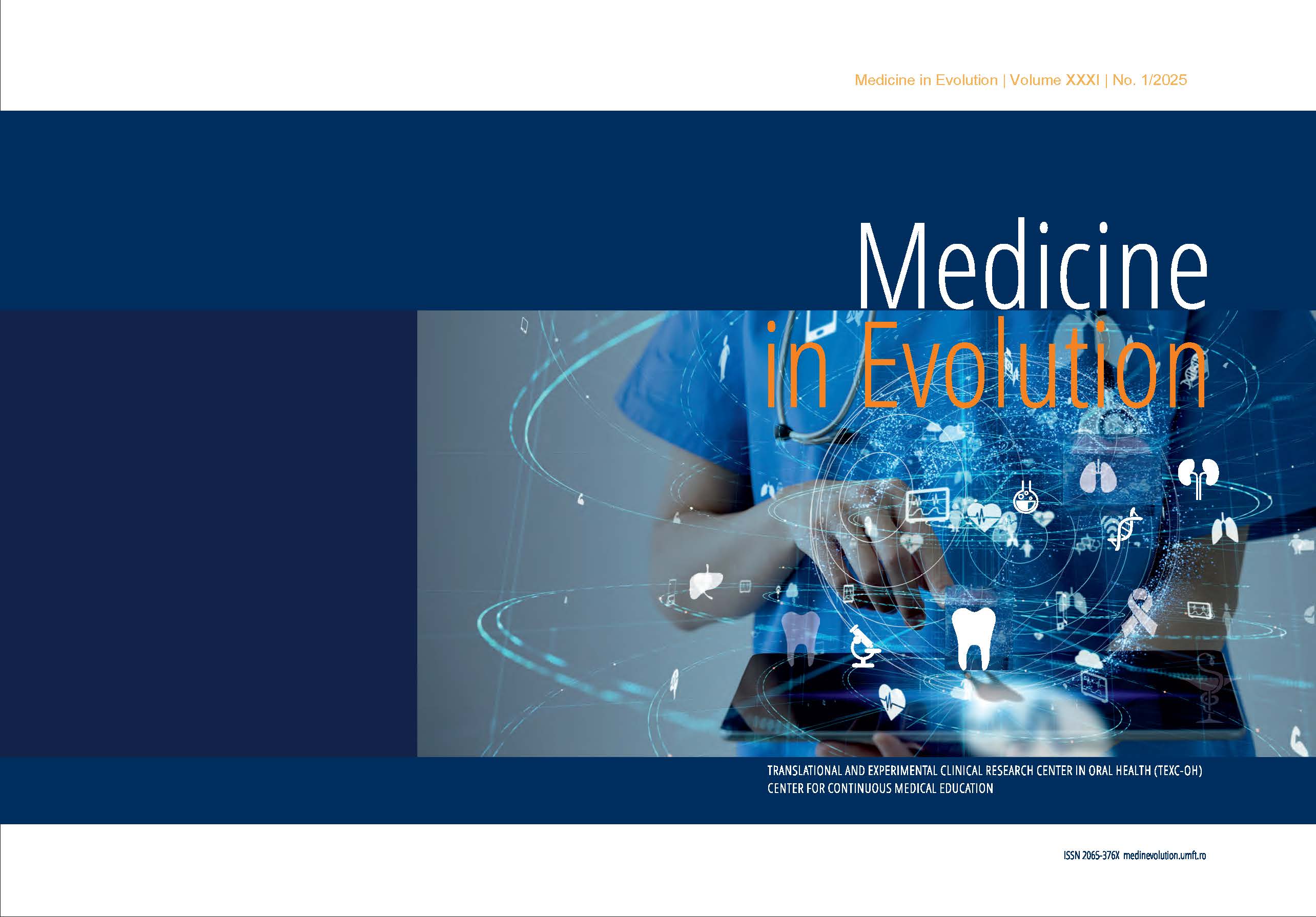A Therapeutic Approach in Cardiac Patients to Induce Anesthesia – a Brief Review
Main Article Content
Abstract
Background/Objectives: Anesthesia is an important achievement of modern medicine, which ensures the quality of life of patients and also provides additional comfort, safety, and accuracy to specialists. Cardiac disorders are one of the leading causes of morbidity and mortality worldwide. Anesthesia in cardiac patients is intricate and needs careful analysis. This study aims to analyze the anesthetics used in cardiac patients, with a focus on the induced side effects. 2.Methods: The present review analyzed papers retrieved from PubMed, ScienceDirect, and Google Scholar from 2020 to 2025, following the keywords: “general anesthetic”, “local anesthetic”, “analgesic”, “sedative”, “side effect” and “cardiac effect”. 3.Results: The term opioid-free anesthesia has been introduced around for a while. Lidocaine, ketamine, and dexamethasone are the three popular non-opioid analgesics used in cardiac surgery. The effects of midazolam, etomidate, and dexmedetomidine on the cardiovascular system during the phacoemulsification process using local topical anesthesia are also confirmed. Other studies have shown the cardioprotective benefits of propofol, in addition to anti-inflammatory properties. 4.Conclusion: Cardiac pathology is a constantly evolving problem that requires the involvement of anesthesia, therefore it is essential to know the particularities of anesthetic drugs in the case of these subjects.
Article Details

This work is licensed under a Creative Commons Attribution 4.0 International License.
